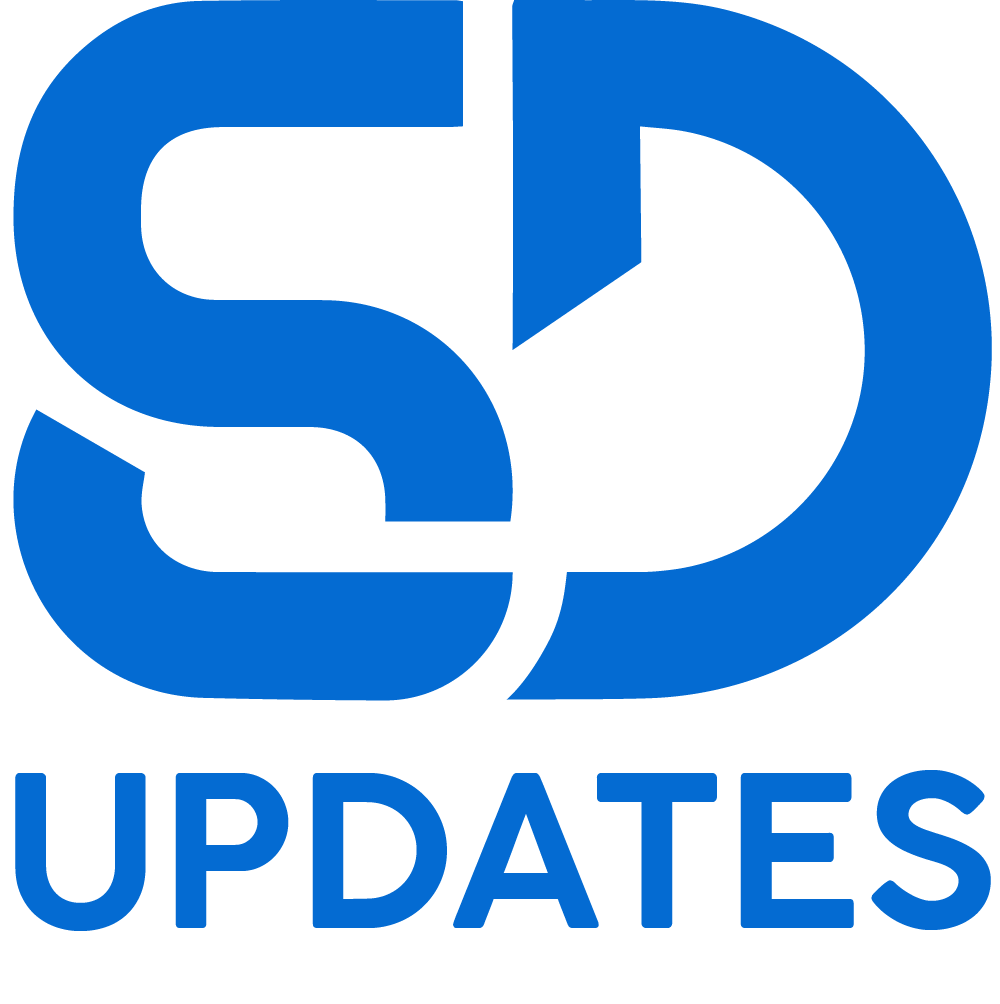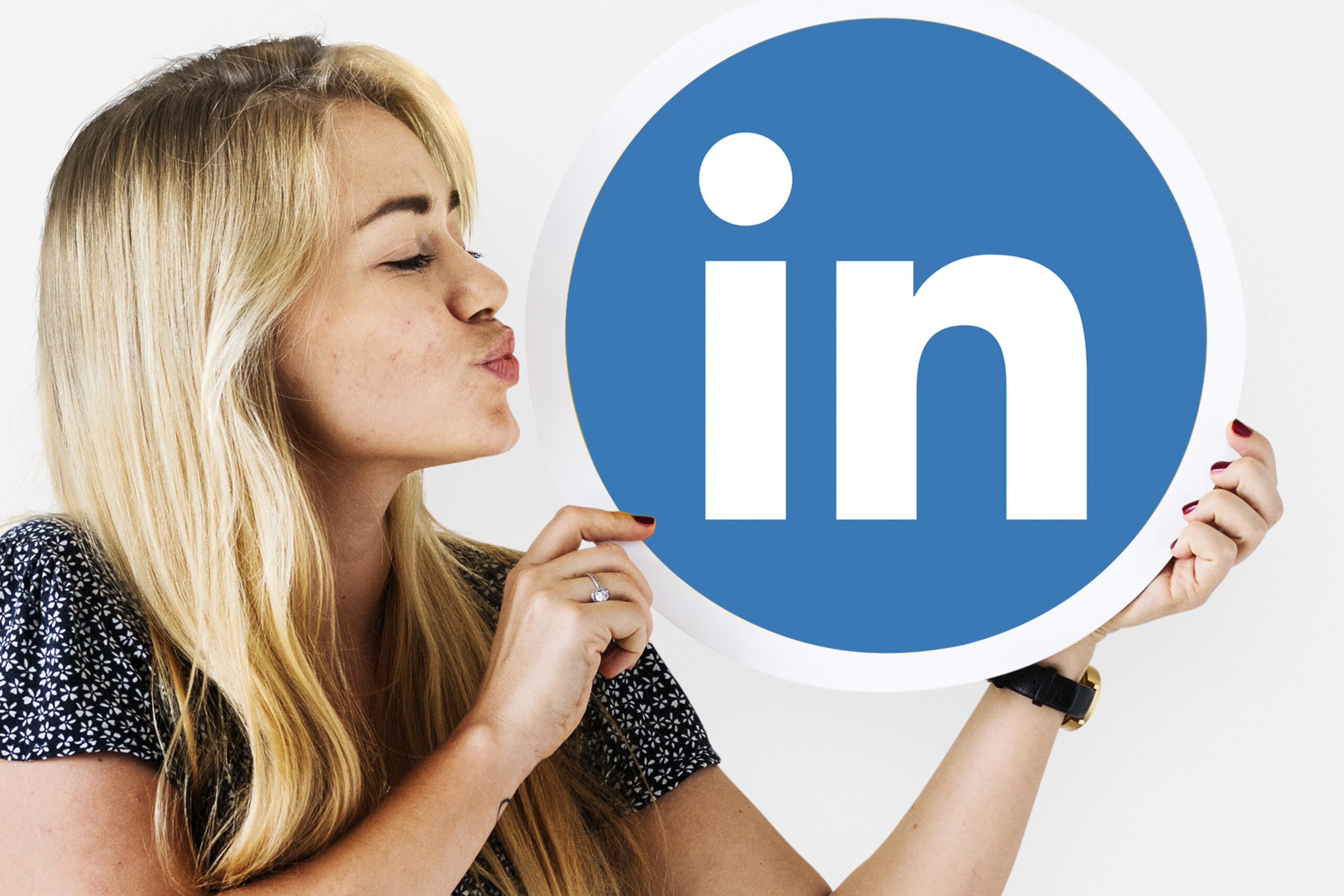How to Use LinkedIn to Gain New Customers
In today’s digital age, LinkedIn has emerged as a powerful platform for businesses aiming to gain new customers. Unlike other social media platforms, LinkedIn is tailored for professionals, making it an ideal space for B2B interactions and lead generation. This comprehensive guide will explore effective strategies to leverage LinkedIn for customer acquisition, ensuring your business thrives in a competitive market.
Understanding LinkedIn’s Potential for Customer Acquisition
LinkedIn is not just a platform for job seekers and recruiters. It offers immense opportunities for businesses to connect with potential customers, build relationships, and establish authority in their industry. Here’s why LinkedIn is a valuable tool for gaining new customers:
1. Professional Audience
LinkedIn hosts millions of professionals across various industries. This professional audience is more likely to engage with business-related content, making it easier to find and connect with potential customers who are decision-makers in their organizations.
2. Advanced Targeting Options
LinkedIn provides advanced targeting options for both organic and paid campaigns. You can target users based on their industry, job title, company size, location, and more. This precision ensures that your marketing efforts reach the right audience, increasing the likelihood of customer acquisition.
3. Content Marketing Opportunities
LinkedIn is an excellent platform for content marketing. By sharing valuable content, such as articles, case studies, and whitepapers, you can demonstrate your expertise and attract potential customers who find your content relevant and insightful.
Setting Up a Professional LinkedIn Profile
Before you start using LinkedIn to gain new customers, it’s crucial to have a well-optimized LinkedIn profile. Your profile serves as your online business card and the first impression for potential customers.
1. Optimize Your Profile Picture and Banner
Your profile picture should be professional and clear. A high-quality headshot helps build trust with your audience. Additionally, use the banner image to showcase your brand, services, or a relevant message that aligns with your business goals.
2. Craft a Compelling Headline
Your headline should go beyond your job title. It should highlight what you offer and how you can help potential customers. For example, instead of “Sales Manager,” use “Helping Businesses Grow Through Innovative Sales Strategies.”
3. Write a Persuasive Summary
Your summary is your opportunity to tell your story. Highlight your expertise, the problems you solve, and the value you bring to your customers. Use keywords related to your industry to improve your profile’s visibility in LinkedIn searches.
4. Highlight Your Experience and Skills
Detail your work experience, focusing on achievements and how you’ve helped previous clients or employers. Endorsements and recommendations from colleagues and clients can further enhance your credibility.
Building a Strong LinkedIn Network
A robust LinkedIn network is essential for reaching new customers. Here’s how to grow your network effectively:
1. Connect with Industry Leaders
Identify and connect with leaders in your industry. Engaging with their content can increase your visibility and attract attention from their followers, who may be potential customers.
2. Join and Participate in LinkedIn Groups
LinkedIn Groups are communities centered around specific industries or interests. Join groups relevant to your business and actively participate in discussions. This positions you as an expert and builds relationships with potential customers.
3. Personalize Connection Requests
When sending connection requests, personalize your message. Mention how you found them and why you’d like to connect. Personalized requests are more likely to be accepted and start meaningful conversations.
4. Engage with Your Network
Regularly engage with your connections by liking, commenting, and sharing their content. This keeps you on their radar and fosters stronger relationships, making it easier to introduce your products or services when the time is right.
Creating and Sharing Valuable Content
Content is king on LinkedIn. Sharing valuable and relevant content can attract potential customers and establish your authority in your field.
1. Publish Articles on LinkedIn
LinkedIn’s publishing platform allows you to share long-form content directly on the site. Write informative articles that address the pain points of your target audience and provide actionable solutions.
2. Share Industry Insights and News
Stay updated with the latest trends and news in your industry. Sharing these updates shows that you’re knowledgeable and keeps your audience informed, positioning you as a reliable source of information.
3. Use Rich Media
Incorporate images, videos, infographics, and slides into your posts. Rich media makes your content more engaging and can increase its reach and impact.
4. Consistency is Key
Maintain a consistent posting schedule. Regularly sharing content keeps your audience engaged and increases the chances of your content being seen by more people.
Leveraging LinkedIn’s Advanced Features
LinkedIn offers several advanced features that can enhance your customer acquisition efforts. Utilizing these features can give you a competitive edge.
1. LinkedIn Ads
LinkedIn Ads provide targeted advertising options to reach your ideal customers. Whether you choose Sponsored Content, Sponsored InMail, or Text Ads, LinkedIn Ads can help you promote your products or services to a highly targeted audience.
Sponsored Content
Sponsored Content allows you to promote your posts to a broader audience. It’s effective for increasing brand awareness and driving traffic to your website or landing pages.
Sponsored InMail
Sponsored InMail lets you send personalized messages directly to LinkedIn members’ inboxes. This feature is ideal for lead generation and nurturing relationships with potential customers.
Text Ads
Text Ads are pay-per-click (PPC) or cost-per-impression (CPM) ads that appear on the LinkedIn sidebar. They are a cost-effective way to reach a targeted audience and drive traffic to your website.
2. LinkedIn Sales Navigator
LinkedIn Sales Navigator is a premium tool designed for sales professionals. It offers advanced search capabilities, lead recommendations, and CRM integrations, making it easier to find and engage with potential customers.
3. LinkedIn Analytics
Use LinkedIn Analytics to measure the performance of your posts and campaigns. Analyzing metrics such as engagement, reach, and conversions helps you refine your strategies and improve your customer acquisition efforts.
Building Relationships and Trust
Gaining new customers on LinkedIn goes beyond simply connecting and promoting your services. Building genuine relationships and trust is essential for long-term success.
1. Provide Value Before Asking for Business
Focus on providing value to your connections before pitching your products or services. Share insights, offer advice, and engage in meaningful conversations. This approach builds trust and makes potential customers more receptive to your offerings.
2. Engage in Thought Leadership
Establish yourself as a thought leader by sharing your expertise and insights regularly. Participate in discussions, answer questions, and offer solutions to demonstrate your knowledge and authority in your field.
3. Follow Up Strategically
After connecting with potential customers, follow up strategically. Send personalized messages that reference previous interactions or shared interests. Avoid being overly salesy; instead, focus on how you can help them solve their problems.
4. Showcase Customer Success Stories
Share testimonials, case studies, and success stories from your existing customers. Highlighting real-world examples of how your products or services have benefited others builds credibility and encourages potential customers to trust your business.
Utilizing LinkedIn for Lead Generation
LinkedIn is a powerful platform for generating high-quality leads. Here’s how to effectively use LinkedIn for lead generation:
1. Optimize Your LinkedIn Profile for Lead Generation
Ensure your LinkedIn profile is optimized to attract leads. Include a clear call-to-action (CTA) in your summary, such as inviting visitors to visit your website, download a resource, or contact you for more information.
2. Use LinkedIn Lead Forms
LinkedIn Lead Forms allow you to capture leads directly from your Sponsored Content and Sponsored InMail campaigns. These forms auto-populate with LinkedIn profile data, making it easier for users to submit their information and for you to collect high-quality leads.
3. Host LinkedIn Events and Webinars
Hosting events and webinars on LinkedIn is an effective way to engage with your audience and generate leads. Promote your events through posts and LinkedIn Ads, and follow up with attendees to nurture those leads into customers.
4. Utilize LinkedIn’s Messaging Features
Use LinkedIn’s messaging features to reach out to potential leads directly. Personalize your messages to address their specific needs and demonstrate how your offerings can help them achieve their goals.
Measuring and Analyzing Your LinkedIn Efforts
To ensure your LinkedIn strategies are effective in gaining new customers, it’s essential to measure and analyze your efforts. Here’s how to track your success:
1. Define Your Key Performance Indicators (KPIs)
Identify the KPIs that matter most to your customer acquisition goals. These may include metrics such as the number of new connections, engagement rates, website traffic from LinkedIn, lead generation, and conversion rates.
2. Use LinkedIn Analytics
LinkedIn Analytics provides valuable insights into the performance of your posts, ads, and overall profile. Monitor metrics like impressions, clicks, shares, and engagement to understand what’s working and what needs improvement.
3. Track Lead Generation Metrics
For lead generation efforts, track metrics such as the number of leads captured, the quality of leads, and the conversion rates from lead to customer. Use tools like LinkedIn Sales Navigator and CRM integrations to streamline this process.
4. Adjust Your Strategies Based on Data
Use the data collected from your analytics to refine your LinkedIn strategies. Focus on the tactics that yield the best results and make necessary adjustments to optimize your efforts for better customer acquisition.
Case Studies: Successful LinkedIn Customer Acquisition
Learning from successful case studies can provide valuable insights into effective LinkedIn strategies. Here are a few examples of businesses that have successfully used LinkedIn to gain new customers:
1. HubSpot
HubSpot uses LinkedIn to share valuable content, engage with its audience, and generate leads through targeted advertising. By consistently providing insightful articles and resources, HubSpot has built a strong presence on LinkedIn, attracting a steady stream of new customers.
2. Salesforce
Salesforce leverages LinkedIn’s advanced targeting options to reach decision-makers in various industries. Their personalized messaging and thought leadership content have helped them establish trust and convert leads into loyal customers.
3. Hootsuite
Hootsuite effectively uses LinkedIn Groups to engage with its target audience. By participating in relevant discussions and offering valuable insights, Hootsuite has built relationships with potential customers, leading to increased brand loyalty and customer acquisition.
Common Mistakes to Avoid on LinkedIn
While LinkedIn offers numerous opportunities for customer acquisition, it’s important to avoid common mistakes that can hinder your efforts. Here are some pitfalls to watch out for:
1. Being Too Sales-Focused
Constantly pushing your products or services can turn off potential customers. Focus on building relationships and providing value first, then introduce your offerings when appropriate.
2. Ignoring Your Profile
Your LinkedIn profile represents your brand. An incomplete or unprofessional profile can undermine your credibility. Ensure your profile is fully optimized and regularly updated.
3. Neglecting Engagement
Simply connecting with people is not enough. Actively engage with your network by commenting on posts, sharing insights, and participating in discussions to build meaningful relationships.
4. Not Utilizing LinkedIn’s Features
LinkedIn offers a variety of features to enhance your marketing efforts. Failing to utilize these tools, such as LinkedIn Ads and Sales Navigator, can limit your reach and effectiveness in gaining new customers.
Advanced Strategies for Maximizing LinkedIn’s Potential
For businesses looking to take their LinkedIn efforts to the next level, here are some advanced strategies:
1. Account-Based Marketing (ABM)
ABM involves targeting specific high-value accounts with personalized marketing efforts. Use LinkedIn’s advanced targeting features to identify and engage with key decision-makers within these accounts, tailoring your messaging to their specific needs.
2. Employee Advocacy Programs
Encourage your employees to share your company’s content and engage with your LinkedIn posts. Employee advocacy can significantly expand your reach and credibility, as content shared by employees often receives higher engagement rates.
3. LinkedIn Live
LinkedIn Live allows you to broadcast live video content to your network. Use this feature to host webinars, product demos, Q&A sessions, and other interactive events that can engage your audience and attract new customers.
4. Retargeting Campaigns
Implement retargeting campaigns to reach users who have previously interacted with your LinkedIn content or visited your website. Retargeting helps keep your brand top-of-mind and increases the chances of converting leads into customers.
Integrating LinkedIn with Your Overall Marketing Strategy
To maximize the effectiveness of your LinkedIn efforts, integrate them with your broader marketing strategy. Here’s how:
1. Align LinkedIn with Your Content Marketing
Ensure that your LinkedIn content aligns with your overall content marketing strategy. Share blog posts, whitepapers, and other content that supports your marketing goals and provides value to your audience.
2. Coordinate LinkedIn with Email Marketing
Use LinkedIn to supplement your email marketing efforts. Share your email newsletters on LinkedIn, and use LinkedIn to capture leads that can be nurtured through email campaigns.
3. Sync LinkedIn with Your CRM
Integrate LinkedIn with your Customer Relationship Management (CRM) system to streamline lead tracking and management. This integration ensures that your LinkedIn leads are seamlessly incorporated into your sales pipeline.
4. Use LinkedIn Insights for Market Research
Leverage LinkedIn’s data and analytics to gain insights into your target market. Use this information to refine your marketing strategies and better understand the needs and preferences of your potential customers.
Conclusion
LinkedIn is a powerful tool for businesses aiming to gain new customers. By optimizing your profile, building a strong network, sharing valuable content, and leveraging LinkedIn’s advanced features, you can effectively attract and convert potential customers. Remember to measure your efforts, avoid common mistakes, and continuously refine your strategies to maximize your success on LinkedIn.
Incorporating LinkedIn into your overall marketing strategy will enhance your customer acquisition efforts, driving growth and establishing your brand as a leader in your industry. Start implementing these strategies today to harness the full potential of LinkedIn and gain new customers for your business.







